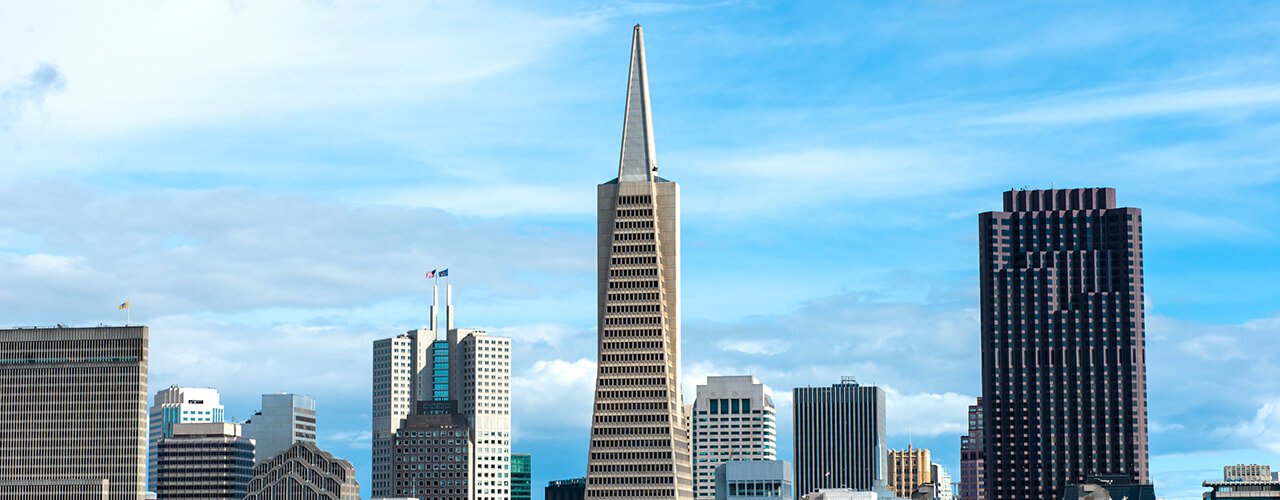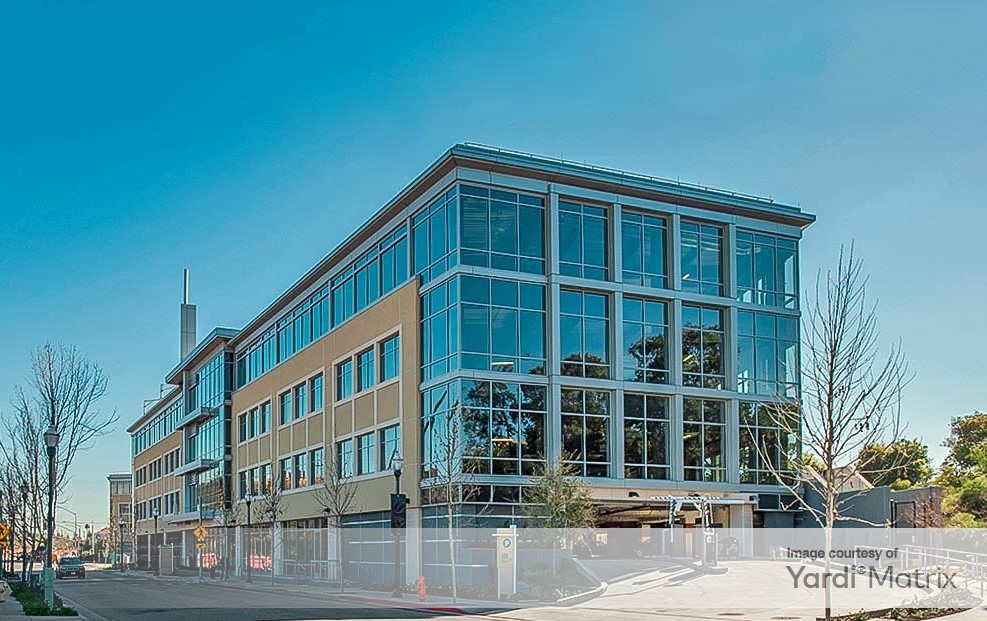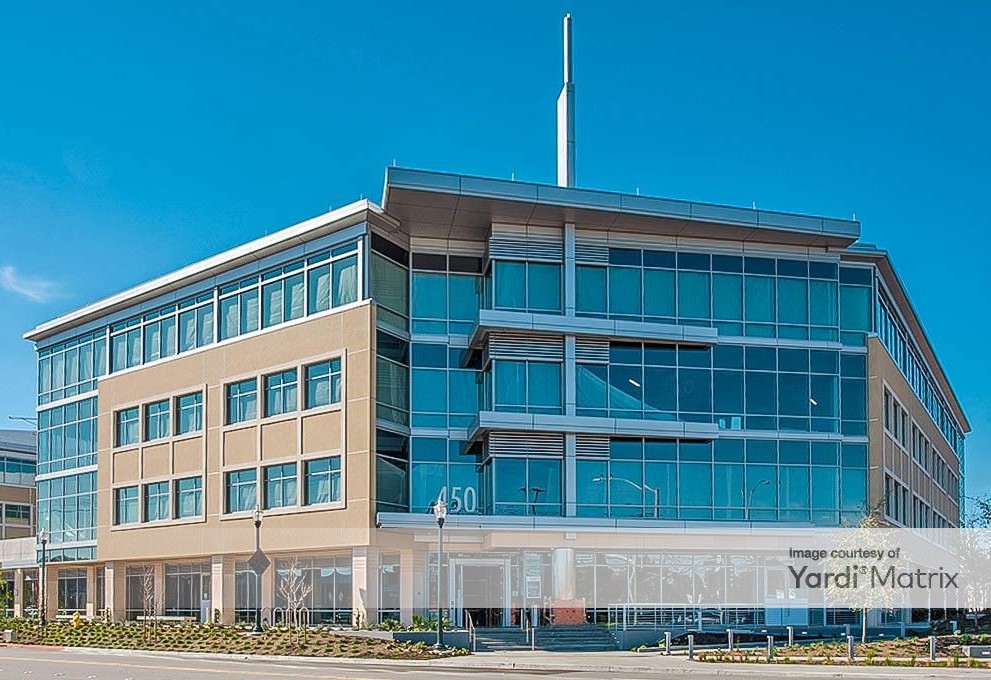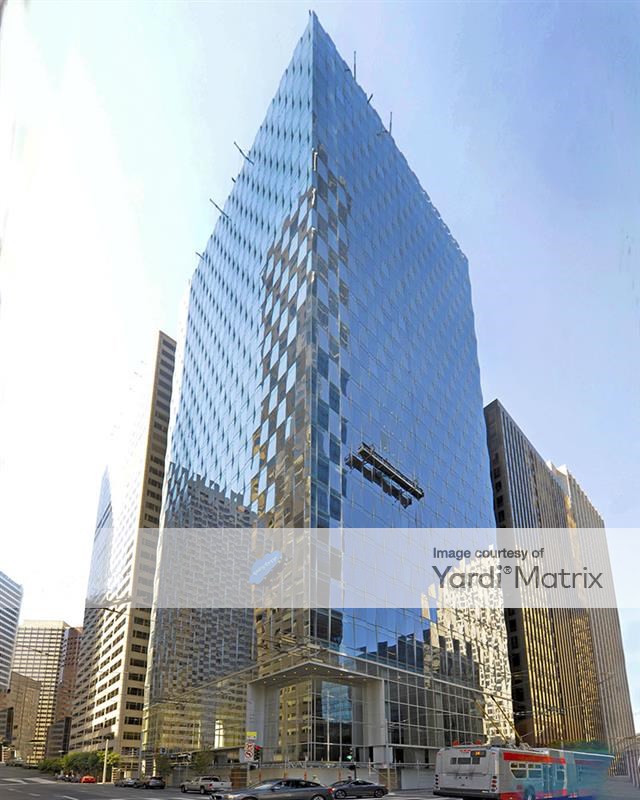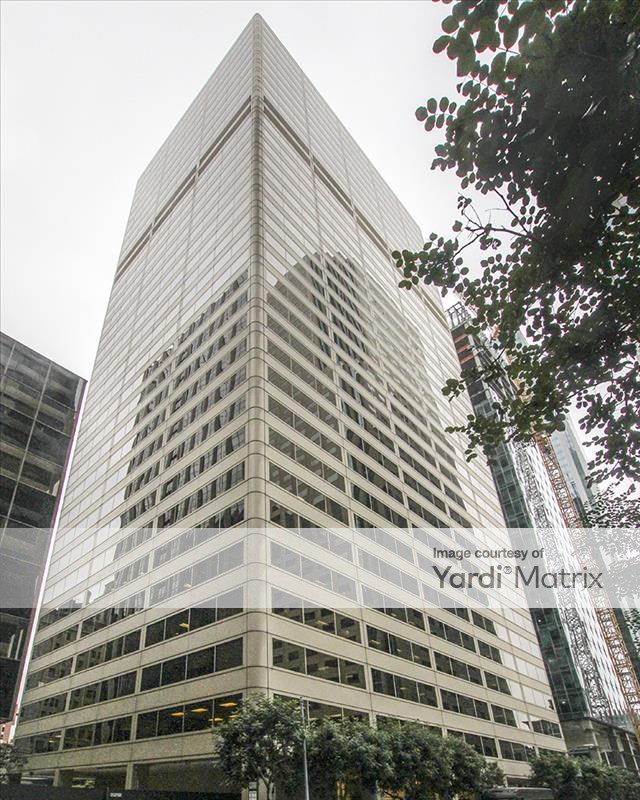Sustainable offices are growing in popularity around the world – office space in the Bay Area is no exception.
The city has its own green building policy, focusing on balancing its present needs and future resources. There’s also a Sustainable City initiative, dedicated to the long-term sustainability of the city’s natural and constructed environment.
Using LEED (Leadership in Energy and Environmental Design) as a benchmark, a range of sustainable offices can be found on the streets of San Francisco. The United States Green Building Council (USGBC) has reportedly certified more than 101.5 million square feet of LEED buildings in San Francisco.
But what is LEED? Simply put, according to the LEED website, it’s a globally recognized green building rating and certification program where “the process is designed to inspire project teams to seek innovative solutions that support public health and our environment while saving building owners money over a project’s life cycle.”
Buildings can earn points across several categories under this system, including Location and Transportation, Sustainable Sites, Water Efficiency, Energy and Atmosphere, Materials and Resources, Indoor Environmental Quality, Innovation, and more.
The ultimate accolade under LEED is achieving a Platinum certification, which is awarded to buildings that earn more than 80 points.
Here are three of the top sustainable offices on the San Francisco market:
400 Concar and 450 Concar North
Uniquely positioned between San Francisco and Silicon Valley, the 400/450 Concar complex is reportedly the first office project in San Mateo County to gain LEED pre-certified Platinum status.
Opened in 2017, the two buildings encompass 305,000 square feet of San Mateo office space, incorporating a 100% air economizer, electric vehicle charging stations, and highly efficient floor plates.
350 Mission Street
Built by sustainability stalwarts Kilroy Realty, this building achieved LEED Platinum certification under the Core & Shell rating LEED program. The project developers reportedly eliminated 1.2 million pounds of steel and 600 truckloads of concrete from the building’s structural system to help earn this certification.
Also known as Salesforce East, this building’s sustainability strategies have reportedly cut its energy costs by roughly one third. For example, its cladding contains insulated glass units to reduce solar heat gain. There’s also a zoned under-floor HVAC distribution system, a rainwater reuse and collection system, grey water recycling, as well as bike parking and electric vehicle charging points to encourage residents to embrace sustainable practices.
45 Fremont
Completed in 1979, the tower at 45 Fremont Street has earned both a LEED Gold certification under the Existing Buildings program and an EPA ENERGY STAR rating.
The San Francisco office building integrates a range of technologies and procedures to help boost its eco-friendly credentials. For example, its management procedures include a tenant outreach program; standards in green construction, water efficiency and energy efficiency; waste and e-waste recycling systems; green cleaning; and integrated pest management.
Property images courtesy of Yardi Matrix.

